Entry Type: Thing
Turpentine Creek Wildlife Refuge
 Turquoise Reeds and Ozark Fiori
Turquoise Reeds and Ozark Fiori
 Turtle Leeches
Turtle Leeches
 Turtle Leeches
Turtle Leeches
Tuskegee Airmen, The [Movie]
Twelve Oaks
 Twist of Fate
Twist of Fate
 Twisted-wing Parasites
Twisted-wing Parasites
 Twistflower
Twistflower
 Conway Twitty Christmas Album
Conway Twitty Christmas Album
Two Bayou Methodist Church
Two Rivers Museum
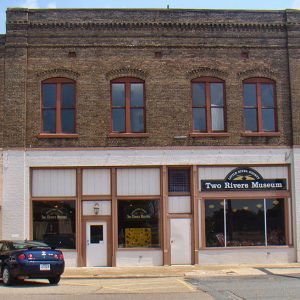 Two Rivers Museum
Two Rivers Museum
Typhoid
Tyronza Water Tower
 Tyronza Water Tower
Tyronza Water Tower
Tyson Family Commercial Building
Tyson Foods, Inc.
U.S. Army Corps of Engineers, Little Rock District
U.S. Highway 62
aka: Highway 62
U.S. Highway 63
U.S. Highway 64
aka: Highway 64
aka: U.S. 64
U.S. Highway 65
aka: Highway 65
aka: U.S. 65
U.S. Highway 67
aka: Highway 67
U.S. Highway 70
U.S. Highway 71
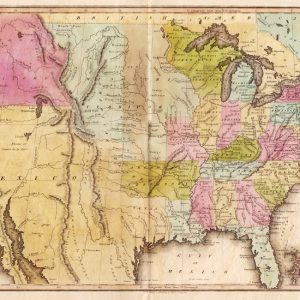 U.S. Map, circa 1820
U.S. Map, circa 1820
U.S. Marshals Museum
U.S. Marshals Service (USMS)
U.S. Senator Hattie Caraway Gravesite
 UA Bulletin
UA Bulletin
UA Little Rock Benton Campus
aka: Benton Learning Center
aka: Benton Center
aka: UALR Benton
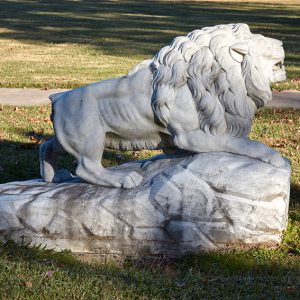 UAPB Lion
UAPB Lion
 UCA Bear
UCA Bear
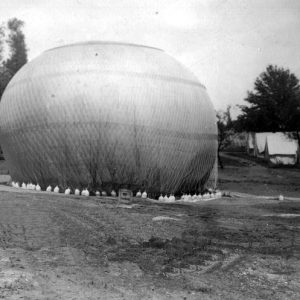 UCV Reunion Balloon
UCV Reunion Balloon
 UFO Conference Sign
UFO Conference Sign
 UFO Article
UFO Article
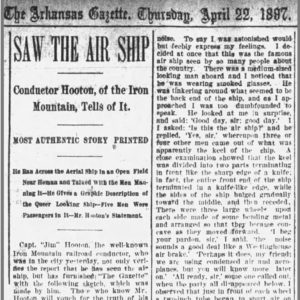 UFO Article
UFO Article
 Uncle John Takes a Drink
Uncle John Takes a Drink
 Uncle Sam Diamond Rough
Uncle Sam Diamond Rough
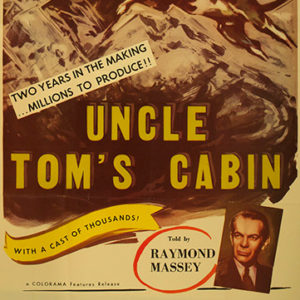 Uncle Tom's Cabin
Uncle Tom's Cabin
 Uncle Tom's Prison
Uncle Tom's Prison
Under Siege
Underground Hospital
aka: Fifty-fifth General Hospital
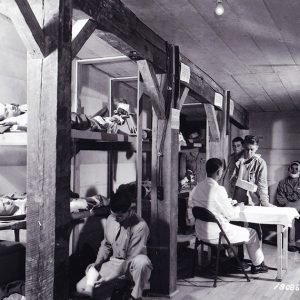 Underground Hospital Bunks
Underground Hospital Bunks
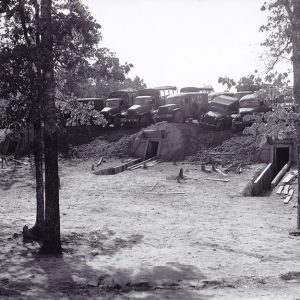 Underground Hospital Entrance
Underground Hospital Entrance
 Underground Hospital Exit
Underground Hospital Exit
 Underground Hospital Plan
Underground Hospital Plan




